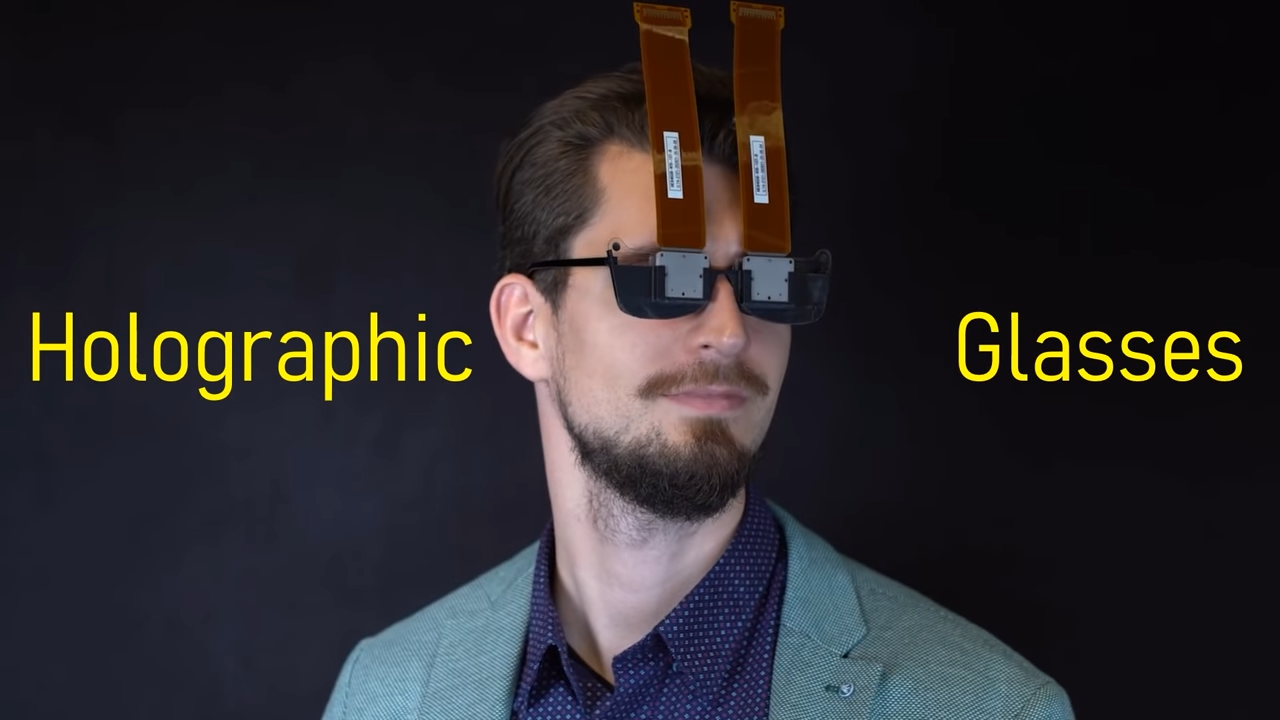Chunky VR headsets might be a thing of the past thanks to this prototype
For even the most diehard VR fans, the cumbersome nature of chunky VR headsets is something of a barrier to overcome in search of an immersive gaming experience. It’s one of the main factors that keeps VR from becoming more widespread than it already is, but experts have figured out how to remove at least this one inconvenience from the VR experience — researchers from Stanford University and Nvidia teamed up on a project to create a VR headset that is the same size as normal glasses. (Thanks, PC Gamer.)
They’re called Holographic Glasses, and are “composed of a pupil-replicating waveguide, a spatial light modulator, and a geometric phase lens to create holographic images in a lightweight and thin form factor.” They create a full 3D holographic image with optics that are a minuscule 2.5mm thick, also adorably named pancake lenses.
There are other benefits to the pancake lenses as well, like supposedly unlimited resolution, and a wider field of view that can reach up to 200°. As if that’s not enough, the Holographic Glasses only weigh 60g, as opposed to the Meta Quest 2 at 503g.
If you want to learn more about exactly how the glasses work, check out the paper that the research team published.
There are a few downsides, however. The FOV is much more limited on the Holographic Glasses than on a traditional VR headset, and the current prototype requires precise calibration with the wearer’s pupil, which can be hard to achieve effectively in real-world scenarios. Then there’s the fact that there are two giant ribbons coming off of the glasses, but those just make you look a little silly more than anything else.
As someone who was very into VR for a period of time, seeing advancements like this really gets me pumped for the future of VR. Aside from maybe issues with motion sickness (which I also have), the heft of usual VR headsets seemed to be the biggest factor that was holding them back.
Playing Beat Saber with lightweight glasses would literally be a game changer, so I’m looking forward to when this technology makes its way into the market.


